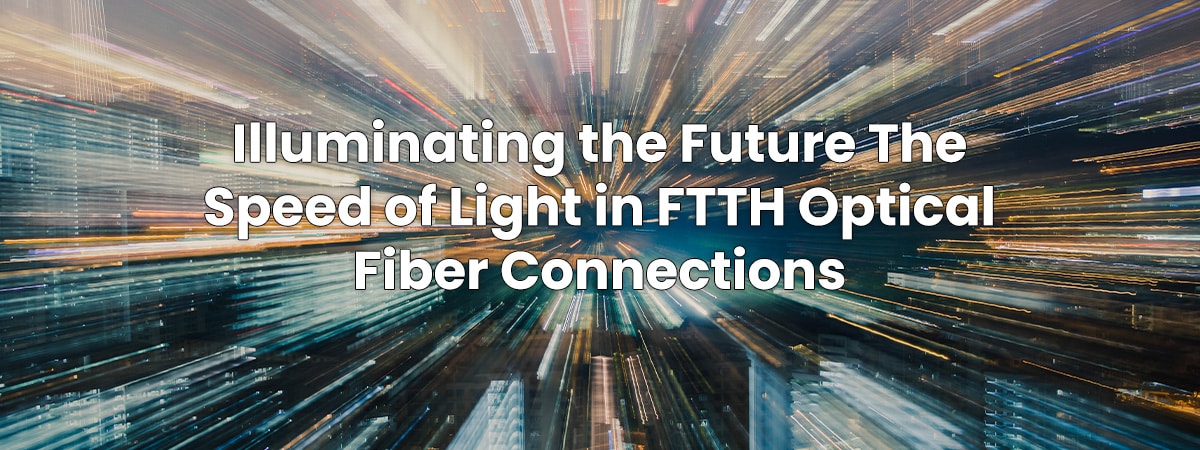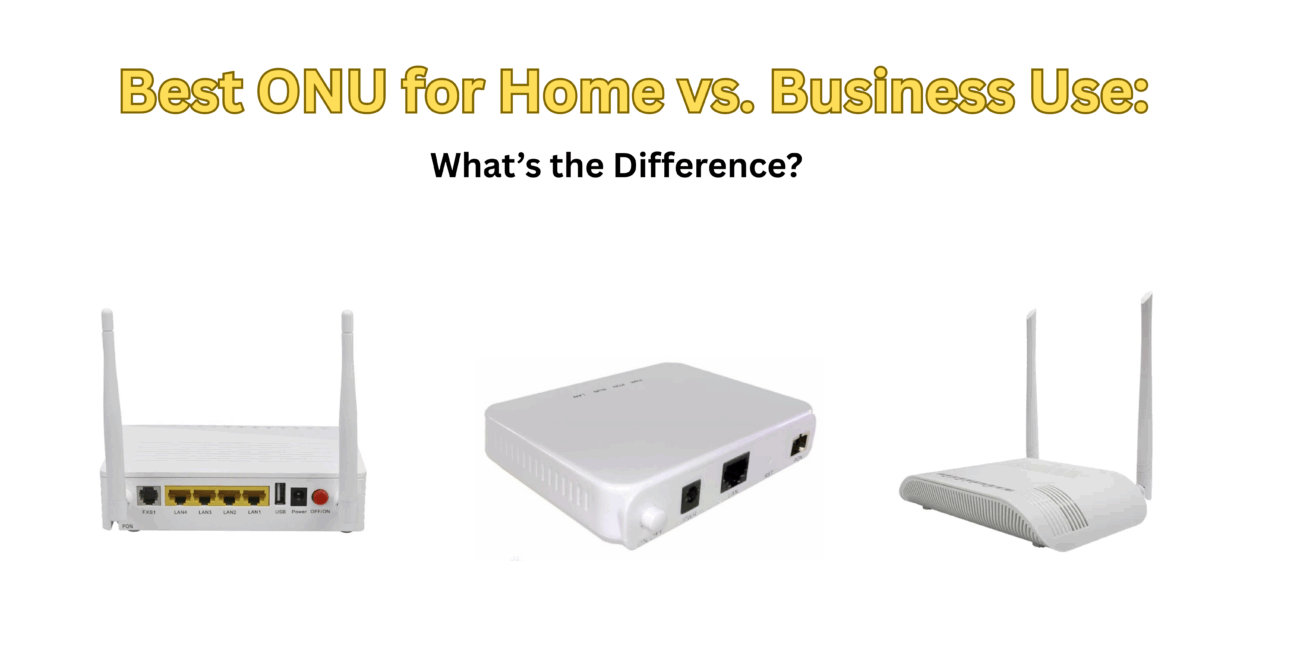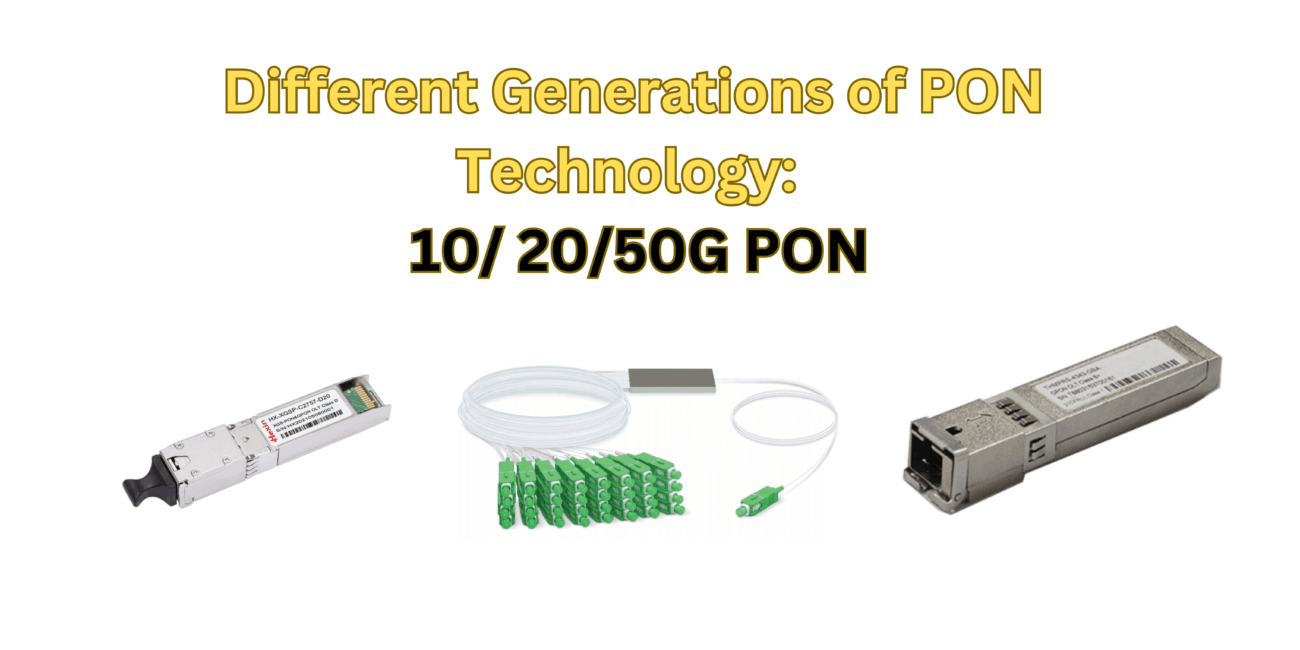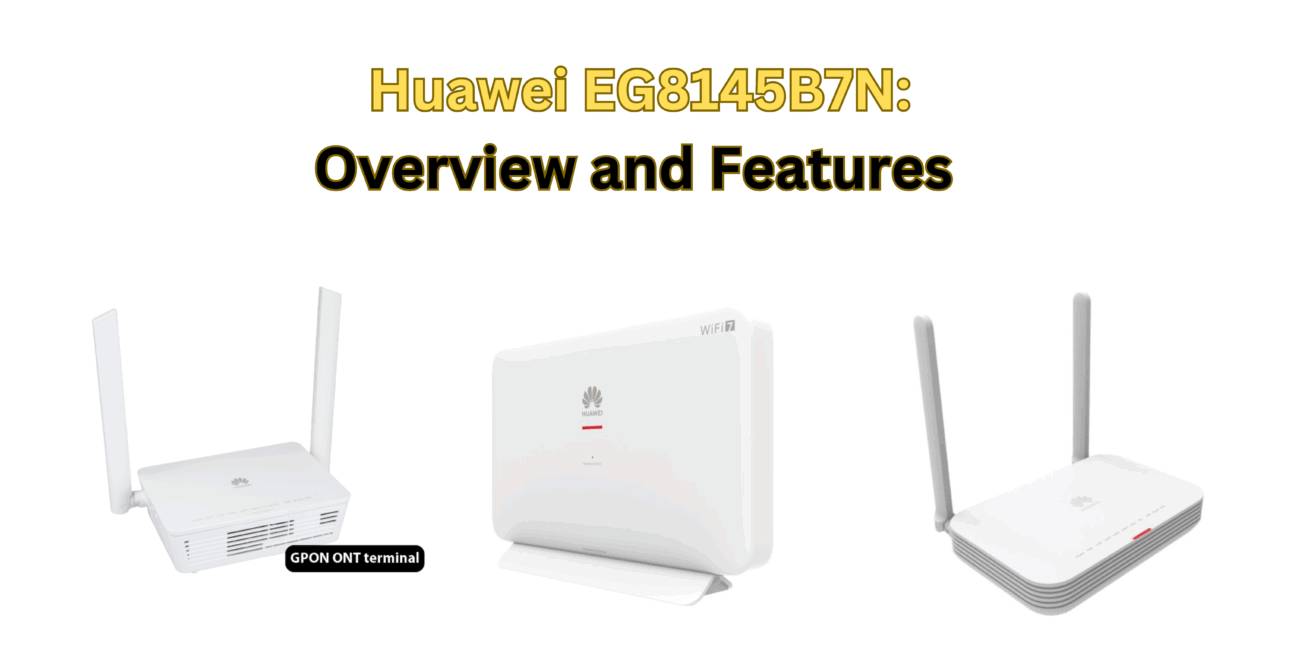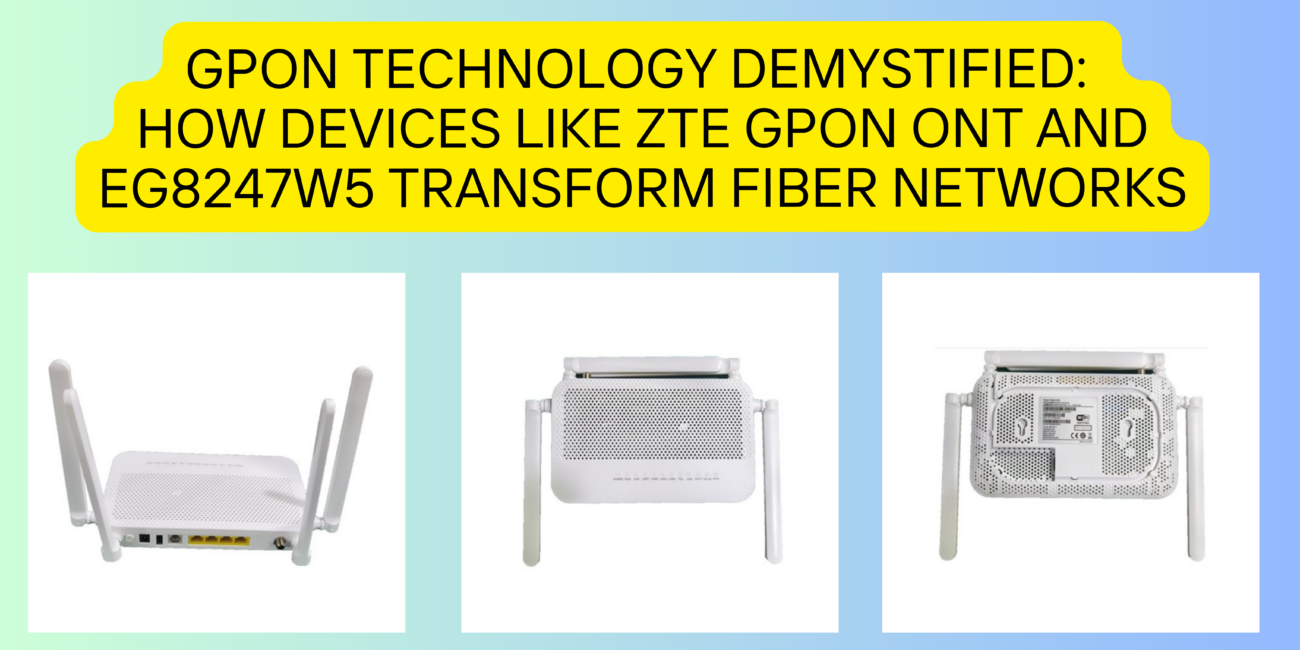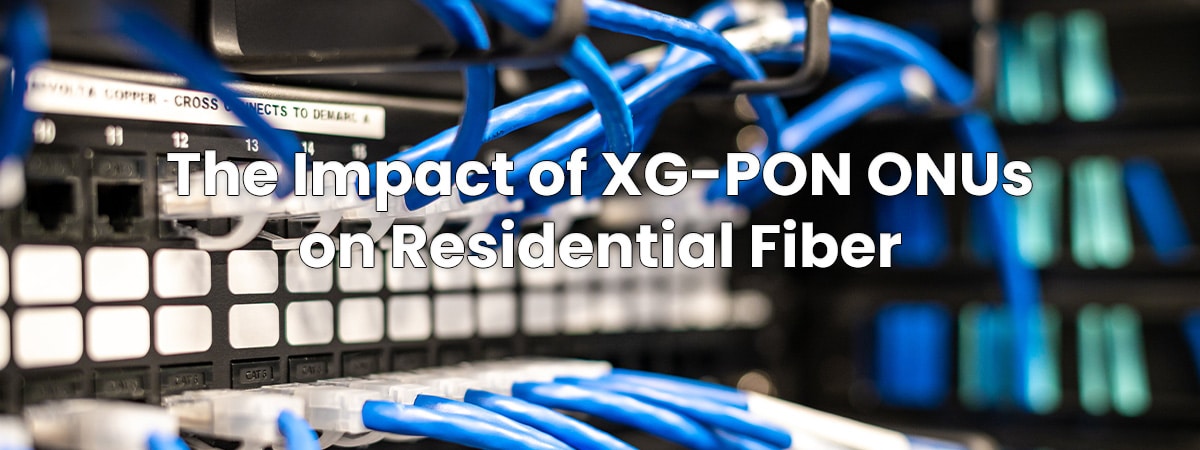Introduction
In the digital age, where seamless connectivity and lightning-fast data transfer are paramount, Fiber-to-the-Home (FTTH) technology has emerged as a game-changer. FTTH leverages the power of optical fiber to enable data transmission at the speed of light, revolutionizing the way we experience the internet. This article delves into the incredible capabilities of optical fiber in FTTH, elucidating how it achieves ultra-fast and low-latency connections that are driving the modern era of connectivity.
The Foundation: Optical Fiber in FTTH
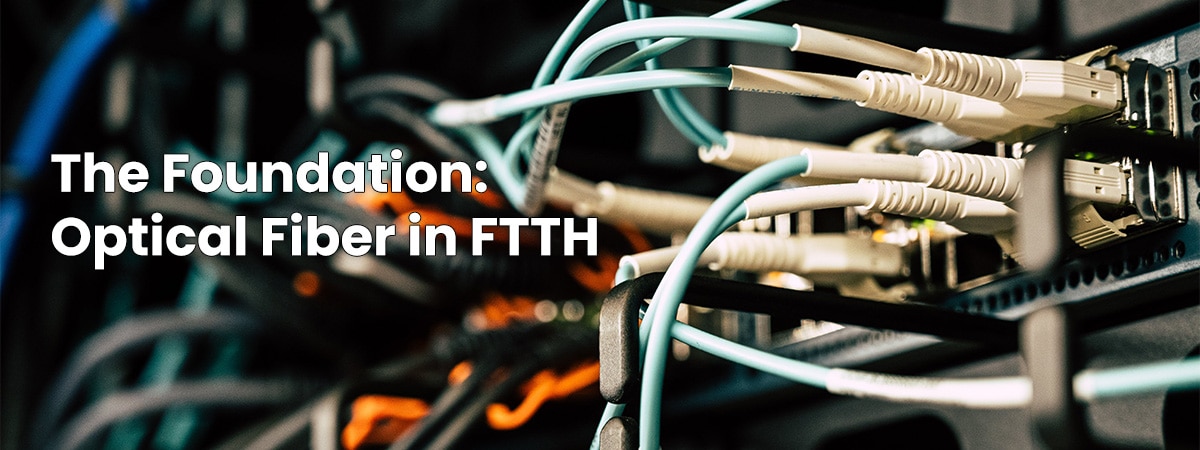
Fiber-to-the-Home (FTTH) stands as a pinnacle of modern communication technology, providing households with direct access to high-speed internet connections. At its core lies optical fiber, an ultra-thin strand of glass that is capable of transmitting data as pulses of light. This technology has replaced traditional copper wires due to its superior speed, reliability, and efficiency. By converting data into light signals and transmitting them through optical fibers, FTTH makes it possible to achieve data transmission at speeds that were once deemed unattainable.
The Speed of Light: Redefining Connectivity
The speed of light is an unparalleled constant in the universe, traveling at approximately 299,792 kilometers per second (186,282 miles per second). FTTH taps into this fundamental speed to deliver information at breakneck velocities. Unlike traditional broadband technologies that rely on electrical signals traveling through copper wires, which are subject to signal degradation and interference, FTTH employs beams of light to transmit data. This virtually eliminates signal degradation over long distances, ensuring consistent and high-speed connectivity.
Ultra-Fast Connections
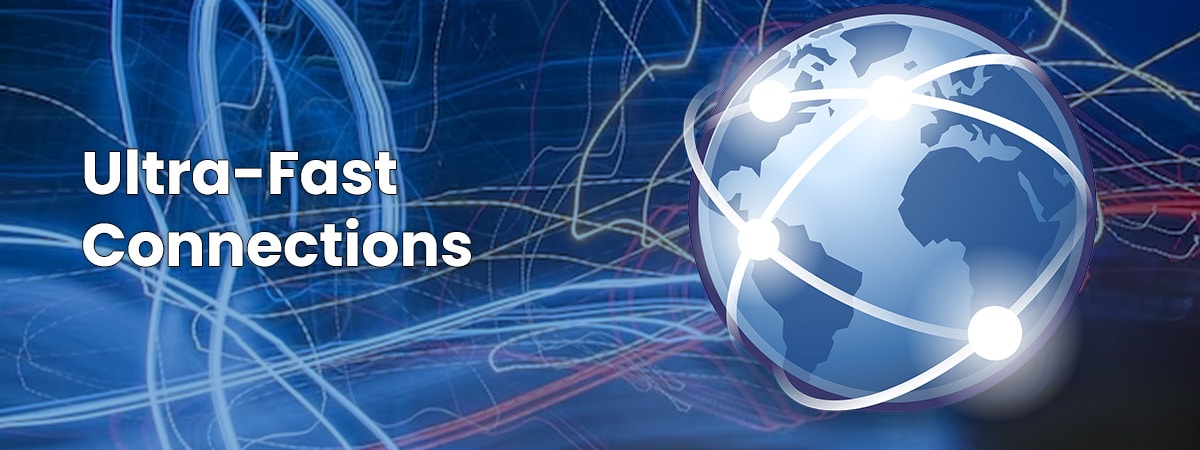
The use of optical fiber in FTTH paves the way for ultra-fast internet connections that cater to our insatiable appetite for data-intensive activities. Streaming 4K and even 8K videos, engaging in real-time gaming, video conferencing, and downloading large files are seamless experiences with FTTH. The speed of light transmission through optical fibers removes bottlenecks that have hindered internet speeds in the past, transforming the digital landscape and making lag a distant memory.
Low-Latency Marvel
Latency, often referred to as “lag,” is the delay between sending a command and seeing the corresponding action take place. FTTH’s use of optical fiber drastically reduces latency compared to traditional broadband connections. Copper-based networks can introduce significant delays due to the time it takes for electrical signals to travel through the wires. In contrast, the speed of light in optical fiber enables near-instantaneous data transmission, making online gaming, virtual reality experiences, and real-time collaboration incredibly responsive and immersive.
Enabling Technological Advancements

The utilization of optical fiber in FTTH not only transforms our current online experiences but also lays the foundation for future technological innovations. As our reliance on the Internet grows, applications like the Internet of Things (IoT), smart homes, and telemedicine will require networks that can handle massive amounts of data with minimal delay. FTTH’s speed-of-light capabilities make it well-equipped to meet these demands and fuel advancements that were once deemed far-fetched.
Conclusion
The integration of optical fiber in FTTH technology marks a pivotal moment in our digital journey, where the speed of light becomes the driving force behind ultra-fast and low-latency connections. The ability to transmit data at the speed of light through optical fibers not only revolutionizes our online experiences but also sets the stage for unprecedented technological advancements. As the world becomes increasingly interconnected, FTTH stands as a beacon of innovation, illuminating a future where connectivity knows no bounds.
